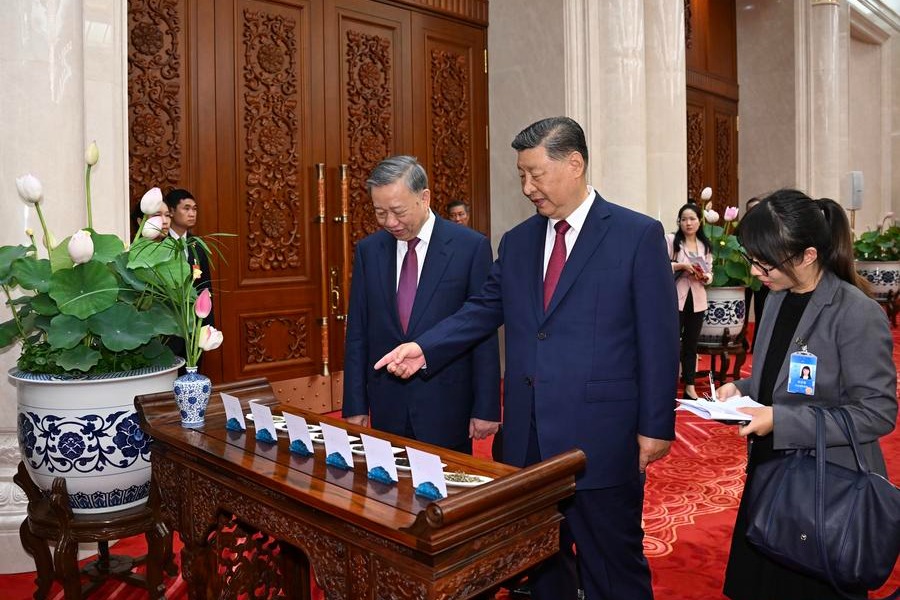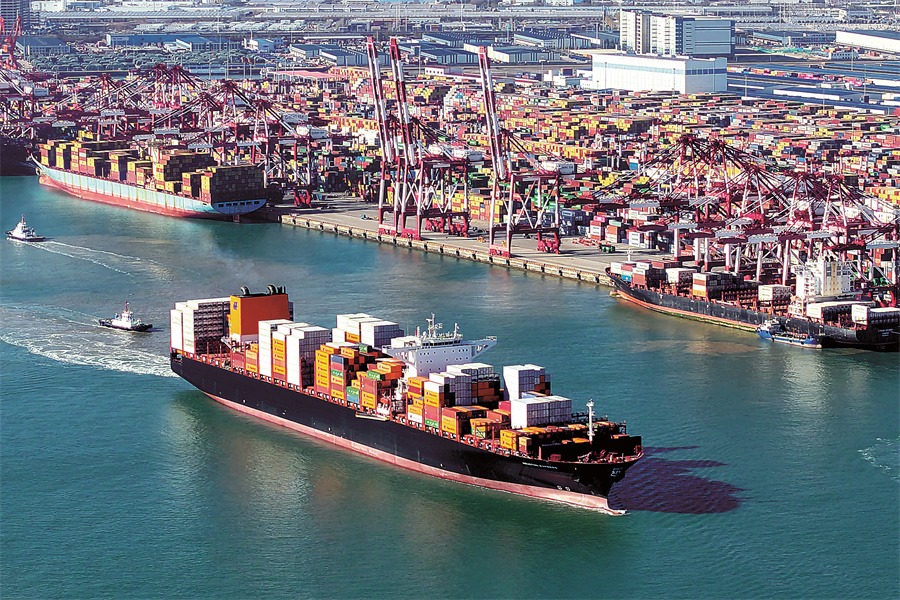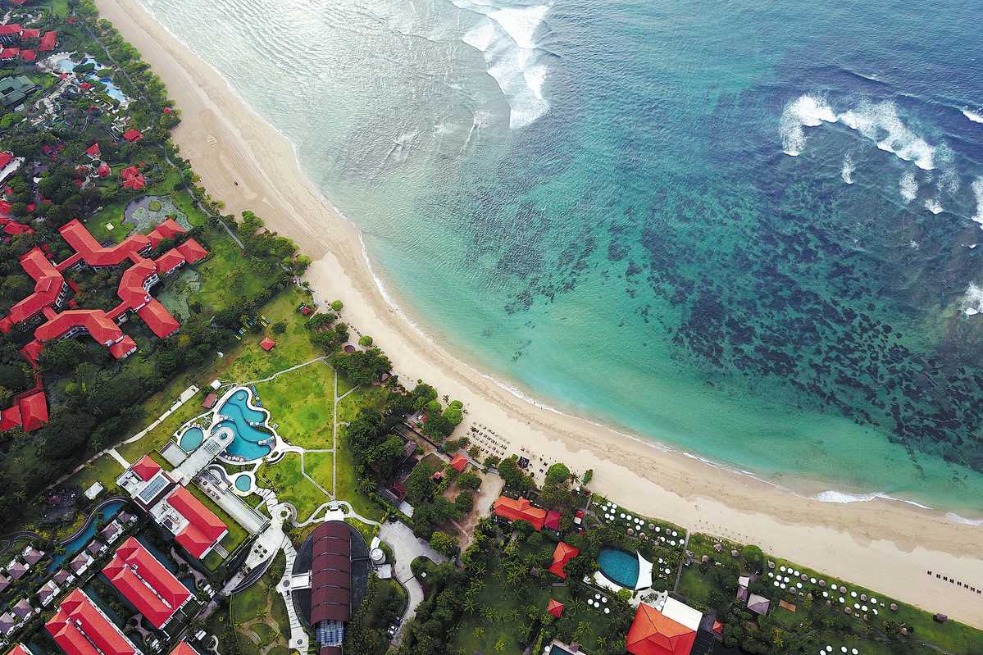China boasts a long history of winter-related activities


China has effectively gathered considerable experience not only with managing winter sports but also in hosting what was undoubtedly an excellent Olympics in 2008. To date, winter outdoor activities have mainly attracted domestic followers. However, worldwide audiences will view facilities, pristine conditions and indeed the natural beauty at mountainous Yanqing and Chongli. Hopefully, China will then start attracting international enthusiasts to its prestigious winter venues. Initially, probably from nearby climatically warmer Asian neighbors, and eventually spreading much wider.
An asset for Beijing's resorts is climate. While temperatures do not usually reach the extreme lows found in the far northeast, winters normally are noticeable for generally stable conditions. There is little daily variation due to continental climatic conditions resulting in low humidity, light winds and generally blue skies. A result also is little evaporation or melting of snow, an important asset for skiing resorts.
"Do these areas experience snowfall?" I have been asked. Yes, they do, but nothing in weather is ever guaranteed! Flying during winter from Europe toward Beijing, for example, I remember looking down over the Gobi Desert between Mongolia and China. Snow-covered, frozen and incredibly beautiful. Many years ago, I recall also a January rail journey across that area, the visibility crystal clear, the sky an intense blue contrasting with white of the ground. Snowy landscapes I would see as far south as the Great Wall.
The Olympic skiing areas include Yanqing within a forested setting north of Badaling Pass. Chongli is in a mountainous zone east of historic Zhangjiakou, a city on the main railway line south to Beijing. That city has witnessed considerable infrastructure development in response to the Olympics.
































